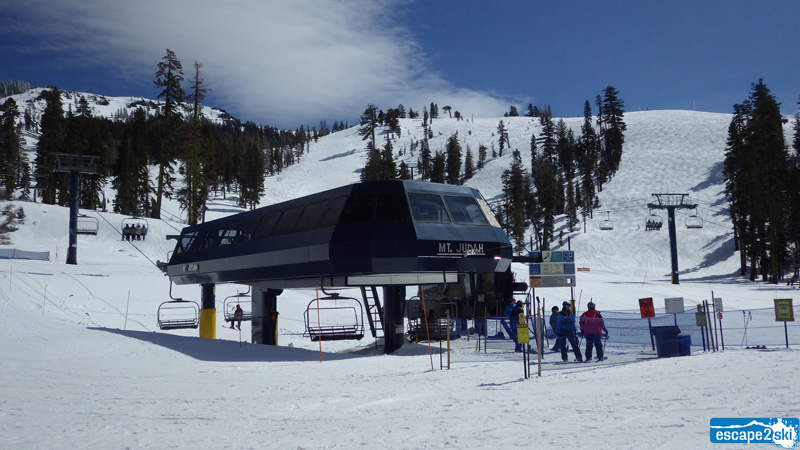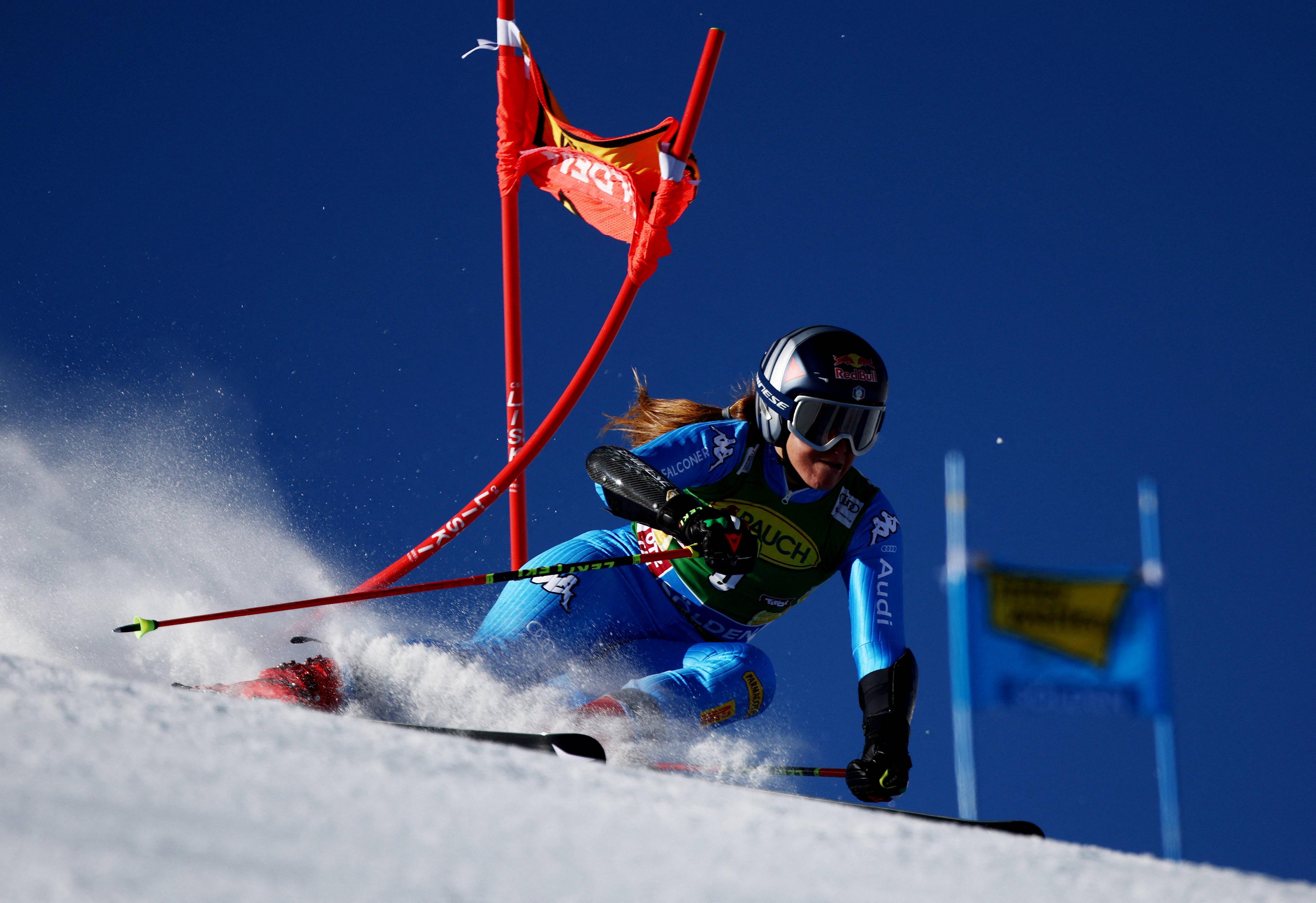
Alpine skiing is the sport that involves skiing down snowy hills on fixed-heel bindings. It is a very popular winter sport that is widely practiced all over the world, especially in areas with sufficient infrastructure for ski lifts and other services.
Speed skiing
Alpine skiing is the art of teaching skiers how to ski down snow-covered mountains as quickly as possible. The sport is considered time trial and is part of the Winter Olympics. These Olympics are held every 4 years since 1936.
Five alpine skiing disciplines are contested by athletes in the Olympics: downhill, slalom, giant slalom, super-G and combined. Each discipline offers different events, and medals will be awarded to the top finishers in each event.
Downhill
This is the most popular and fundamental alpine skiing discipline. It is where competitors race to ski down a course the fastest they can. The fastest athletes are declared winners.

Slalom
Slalom is considered the second fastest discipline in alpine skiing. It is a race that involves competitors passing through "gates", which are plastic poles placed at various points along the course. The gates are located close together, so it is necessary to quickly change of direction. Slalom competitions have two runs on one course. The times of the second run are used to determine who wins.
Giant slalom
The largest and most technical of the alpine skiing disciplines, Giant slalom involves passing through a series of gates, some of which are closer together than in Slalom. This requires a greater degree of skier control than in Slalom and is usually the most difficult discipline to win.
Super-G
Super-G is third alpine speed discipline. This race sees competitors ski down slalom runs while also traversing gates and making precise turns. The skier who does the best time across all three courses is the winner.
Combined
The combined race, which sees competitors skiing down both giant slalom or slalom courses simultaneously, is the sixth and final of alpine ski disciplines. The athlete with the fastest time overall wins the gold medal.
Grass skiing
Like Nordic and cross-country skiing, grass skiing uses bindings that are attached to the heel of the skier’s boots. This can be done on groomed trails, or in the backcountry.

Telemark
Telemark, which was developed in Norway, is a type of ski turning that differs greatly from Nordic skiing or cross-country skiing. It requires greater control and reflexes to perform than Nordic or cross-country ski.
It is an FIS-sanctioned sport and its name is after the Telemark region in Norway, where it was created by Sondre Norheim (1850). He invented new curved skis with heel bands, which made it easier to turn sharply downhill.
Alpine skiing is a popular and fun winter sport that has been incorporated into the Olympics for many years. The first men's and women's races took place at the 1936 Garmisch-Partenkirchen Games, with a combined downhill and slalom event. The first giant slalom and super-G races were added in 1952 and 1988, respectively. The mixed team parallel slalom is the newest addition to Olympics.
FAQ
What is the first thing you should do upon arriving at your travel destination
You should always have an itinerary for when you arrive at a place. This will help you plan what to do and where to go next.
Plan ahead to make sure you don't overlook anything.
For example, if you're going to be visiting a city for more than one day, you should research which museums, parks, and landmarks you'd like to visit.
A map of the area is a great way to start researching the region's past.
Do you ever worry that you might forget something when you travel?
Yes, I often forget stuff. This happens most often when I'm on a brief trip. Fortunately, I always bring everything I need, so I don't run out.
For instance, I always carry my passport with me. Also, I always make sure that I have enough money before I purchase tickets.
Also, I always take my phone charger. For other items, I carry a small bag.
How can I make travel more enjoyable?
Traveling should not just be about getting from point A to B. It should also include all the experiences along the way.
We created "Traveler", an app that allows you to plan your trip by creating itineraries according to your interests.
We are working on additional features like booking hotels and flights, renting cars, etc.
The concept behind this project is to create a simple, yet effective travel planning tool for travelers who want more while on vacation.
When traveling, what should you remember?
Traveling is a time when you are often faced with situations that require quick decisions. So be prepared to improvise.
You could be stuck there for hours, days and even weeks. If you plan ahead you can have food and water, shelter, and a place for sleep. But, if not, you might have the need to improvise.
In these instances, you may need to rely only on what you are good at. It means you have to be able to quickly make decisions based upon your experience and instinct.
Sometimes you just can't make a choice. There are many situations where you might be left without cell or gas service, or even robbed. You will need to be flexible to any situation that presents itself.
Keep calm, be focused, and take action. Don't panic. Instead, try to focus on the things that you can control.
You can choose which direction you want to go if you're lost among the woods. Or if you're hungry, you can eat berries or mushrooms. Rainwater can be drank or snowmelt.
Or if you're tired, you can rest. You can layer up if you are cold. You can wear a sweater if it's cold. You will feel happier no matter what, if your outlook is positive
What documents should I keep handy when traveling?
Keep copies of important documents in your car for quick access when on the go. Also, keep copies of your passport, driver’s licence, and other identification cards, along with any credit card information, in case you need them, to make it easy to access when you travel.
A photocopy is always a good idea. This can be used to verify your identity, if necessary.
Make sure to keep a copy of your itinerary and any reservations. These will help keep you organized and allow you to plan your trip.
As well as this, you should keep a copy of your flight ticket and hotel reservation details. If you have any problems, you can always contact someone back at home.
Also, don't leave valuables unattended. Make sure you have a place to store your valuables, such as a money belt or in your luggage.
Avoid losing valuable items by making sure your luggage is checked before you depart.
Remember: It's safer not to plan too much than to keep everything simple.
So just relax and enjoy your journey!
Statistics
- Between the ages of 11 and 13, kids, or tweens, will likely want some autonomy but also need boundaries. (travelandleisure.com)
- That's an 18% jump from 2019, the previous record year. (travelandleisure.com)
- Alcoholic beverages with more than 24% but not more than 70% alcohol are limited in checked bags to 5 liters (1.3 gallons) per passenger and must be in unopened retail packaging. (tsa.gov)
- You can use compression sacs or cubes to reduce the volume of your clothes by up to 80%—this is especially convenient for bulky items such as sweaters and jackets. (eaglecreek.com)
- Alcoholic beverages with 24% alcohol or less are not subject to limitations in checked bags. (tsa.gov)
External Links
How To
How to travel cheap
Travel is a popular activity. But traveling can be costly. Traveling is expensive because of the expense of hotel stays, car rentals, transport, food, etc. This is even more true if you have a family. How can we make travelling more affordable?
It is possible to start by looking for ways that we can cut down on costs. If you plan your trip in advance, you might get discounts on airfare, hotel room, rental cars, and other services. A budget hotel can help you save money. A hostel offers basic accommodation for $20 per night if you don’t want to spend too little. You can also take public transport to rent a bedroom in someone's house or use Airbnb.
Also, consider paying a little more in order to avoid extra fees. A SIM card is a SIM card that you can use to connect to Wi-Fi. This will ensure that you won't pay roaming charges. If you are going outside, get a pizza and pasta to reduce your costs.
You could also consider sharing the expenses with others. To split the bill, you could ask family members or friends. Or maybe you can work together to book tickets. You will save money and have less stress by sharing your expenses.
You don't need to travel if you have no money. Camping and hiking are options. These activities are often available for free. Just bring water, snacks. Insect repellent, sunscreen, insect repellent and a first aid kit.
There are many options to make travel affordable. Try to think creatively and come up with ideas that are unique to you!